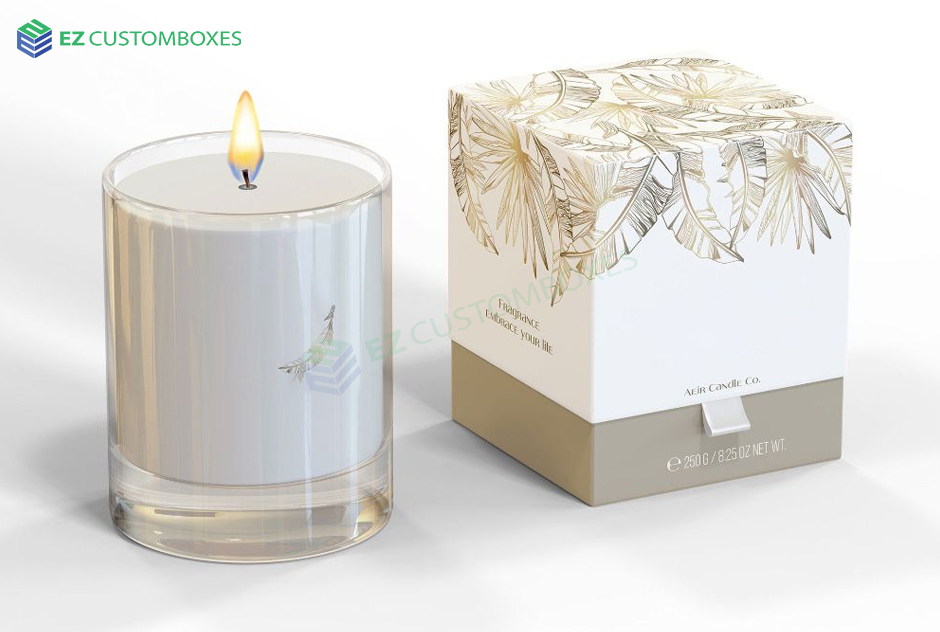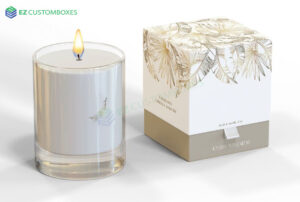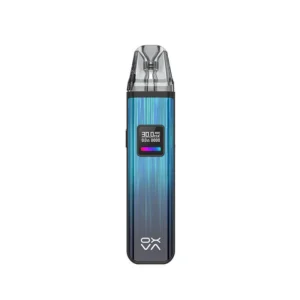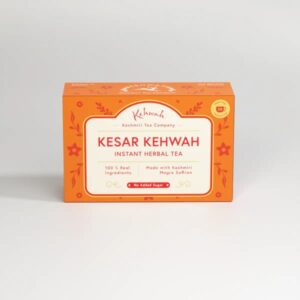Mastering Stitch Types in Custom Embroidery Digitizing
Custom embroidery digitizing transforms your creative ideas into stunning stitched designs. It’s like turning a blank canvas into a masterpiece, but instead of paint, you’re working with threads and needles. The secret sauce? Understanding stitch types. Mastering stitch types in custom embroidery digitizing is crucial for creating designs that pop, hold up over time, and make your work stand out. In this guide, we’ll break down the most common stitch types, how to use them, and tips to elevate your embroidery game—all in a casual, easy-to-digest way. Let’s dive in!
What is Custom Embroidery Digitizing?
Before we get into the nitty-gritty of stitch types, let’s set the stage. Custom embroidery digitizing is the process of converting artwork or designs into a digital file that an embroidery machine can read. Think of it as giving your machine a roadmap to follow, telling it where to place each stitch. The quality of your digitized file—and the stitch types you choose—directly impacts how your final design looks on fabric.
Whether you’re stitching logos on uniforms, personalizing gifts, or creating intricate patterns for fashion, the right stitch types make all the difference. They affect texture, durability, and even how your design catches the eye. Ready to explore the world of stitches? Let’s go!
Why Stitch Types Matter in Embroidery Digitizing
Stitch types aren’t just technical details—they’re the building blocks of your design. Each type serves a unique purpose, from filling large areas to adding delicate details. Choosing the right stitch type ensures your design looks clean, professional, and visually appealing. Plus, it affects how the embroidery holds up through wear and washing.
Using the wrong stitch type? You might end up with a design that’s too dense, puckers the fabric, or worse, falls apart after a few washes. Mastering stitch types lets you control the look, feel, and longevity of your embroidery. Let’s break down the most common stitch types and how to use them like a pro.
The Core Stitch Types in Custom Embroidery Digitizing
Embroidery digitizing relies on three primary stitch types: satin, fill, and running stitches. Each has its own vibe and use case. Here’s the lowdown:
1. Satin Stitches: Smooth and Shiny
Satin stitches are the rock stars of embroidery. They create a smooth, glossy look that’s perfect for text, borders, and small details. Imagine the sleek lettering on a varsity jacket—that’s satin stitching at work. These stitches go back and forth across a shape, creating a continuous, shiny surface.
- Best for: Lettering, outlines, and narrow areas (up to 10-12mm wide).
- Pros: Gives a polished, professional look; great for fine details.
- Cons: Not ideal for large areas, as they can loosen or snag over time.
- Pro Tip: Keep satin stitches under 12mm to avoid loose threads. For wider areas, consider splitting the stitch into smaller sections or using a fill stitch instead.
When digitizing, adjust the stitch length and density to match the fabric. For example, satin stitches on stretchy fabrics need lower density to prevent puckering.
2. Fill Stitches: Covering Big Spaces
Fill stitches (also called tatami stitches) are your go-to for covering large areas with color or texture. They’re like the paint bucket tool in digital art—perfect for filling in logos, backgrounds, or bold shapes. Fill stitches use a series of parallel or patterned stitches to create a solid look.
- Best for: Large shapes, backgrounds, and solid areas.
- Pros: Durable and versatile; works on most fabrics.
- Cons: Can look flat if not textured creatively.
- Pro Tip: Experiment with patterns like zigzag or crosshatch to add texture and depth. Adjust stitch density based on fabric type—thicker fabrics can handle denser stitches.
When digitizing fill stitches, pay attention to the stitch direction. Changing the angle (e.g., 45° vs. 90°) can add visual interest and prevent the design from looking too uniform.
3. Running Stitches: Simple and Versatile
Running stitches are the simplest of the bunch, creating a single line of stitching. Think of them as the outline pen of embroidery—great for sketching out details, outlines, or connecting parts of a design. They’re also used for underlay stitches, which stabilize the fabric before adding satin or fill stitches.
- Best for: Outlines, details, and underlay.
- Pros: Lightweight and quick to stitch; great for delicate fabrics.
- Cons: Limited for filling large areas.
- Pro Tip: Use running stitches as a base layer to stabilize stretchy fabrics before adding heavier stitches.
Running stitches are also perfect for creating a hand-stitched look or adding subtle details like veins in a leaf design.
Specialty Stitch Types for Extra Flair
Once you’ve got the basics down, specialty stitches can take your designs to the next level. These add texture, dimension, and personality. Here are a few to play with:
4. Zigzag Stitches: Flexible and Fun
Zigzag stitches are like satin stitches’ quirky cousin. They create a back-and-forth pattern that’s great for flexible fabrics or adding a playful vibe. You’ll often see them in appliqué work or as an alternative to satin stitches for wider areas.
- Best for: Appliqué, stretchy fabrics, and decorative borders.
- Pro Tip: Adjust the zigzag width to control coverage—wider zigzags cover more area but use more thread.
5. Cross Stitches: Old-School Charm
Cross stitches mimic the look of traditional hand-stitched cross-stitch patterns. They’re great for creating a vintage or textured effect, especially in smaller designs.
- Best for: Small, detailed designs or textured effects.
- Pro Tip: Use cross stitches sparingly, as they can be thread-heavy and slow to stitch.
6. Motif Stitches: Patterned Perfection
Motif stitches let you add repeating patterns, like stars, flowers, or geometric shapes, within a fill area. They’re a fun way to add personality without overwhelming the design.
- Best for: Decorative fills and unique textures.
- Pro Tip: Test motif stitches on a sample fabric to ensure the pattern scales correctly.
Tips for Mastering Stitch Types in Digitizing
Now that you know the main stitch types, let’s talk about how to use them effectively. Here are some practical tips to level up your custom embroidery digitizing:
1. Match Stitches to Fabric
Different fabrics need different approaches. Lightweight fabrics like silk or cotton require lighter stitches (like running or low-density satin) to avoid puckering. Heavy fabrics like denim can handle dense fill stitches. Always test your design on a scrap of the target fabric before stitching the final piece.
2. Control Stitch Density
Stitch density refers to how closely stitches are packed together. Too dense, and your design might pucker or feel stiff. Too sparse, and it’ll look patchy. Most digitizing software lets you adjust density settings—start with the default and tweak as needed.
3. Use Underlay Stitches Wisely
Underlay stitches are like the foundation of a house—they stabilize the fabric and support the top stitches. Use running or zigzag underlay stitches for satin and fill stitches to prevent shifting or distortion, especially on stretchy fabrics.
4. Plan Stitch Direction
The direction of your stitches affects the design’s look and feel. For fill stitches, experiment with angles to create depth or mimic natural textures (like fur or waves). For satin stitches, keep the direction consistent for a smooth, polished look.
5. Test, Test, Test!
Always run a test stitch-out before committing to a final design. This helps you spot issues like loose threads, puckering, or gaps. Testing saves time, thread, and frustration.
Choosing the Right Digitizing Software
To master stitch types, you need good tools. Embroidery digitizing software like Wilcom, Hatch, or Brother PE-Design lets you control stitch types, density, and direction with precision. Look for software with:
- A user-friendly interface for beginners.
- Advanced stitch editing tools for fine-tuning.
- Compatibility with your embroidery machine’s file format (e.g., DST, PES, EXP).
Free options like Ink/Stitch are great for beginners, but professional-grade software offers more control for complex designs.
Common Mistakes to Avoid
Even pros make mistakes, but you can avoid these common pitfalls:
- Overloading with stitches: Too many stitches make designs bulky and slow to stitch. Balance density and coverage.
- Ignoring fabric type: Always match your stitch type and density to the fabric’s weight and stretch.
- Skipping underlay: Without underlay stitches, your design might shift or pucker, especially on knits.
- Using one stitch type for everything: Mix and match stitch types to add variety and depth.
The Future of Stitch Types in Embroidery Digitizing
As embroidery technology evolves, so do stitch types. Modern machines and software offer more creative options, like 3D puff stitches for raised effects or programmable motif stitches for intricate patterns. Staying updated on new techniques and tools keeps your designs fresh and competitive.
Wrapping It Up
Mastering stitch types in custom embroidery digitizing is like learning the chords to your favorite song—it takes practice, but once you get it, the possibilities are endless. Satin stitches bring shine, fill stitches cover big spaces, and running stitches add delicate details. Toss in specialty stitches like zigzag or motif for extra flair, and you’re on your way to creating professional, eye-catching designs.
Start experimenting with stitch types, test your designs, and play with your software’s settings. With time and practice, you’ll turn your ideas into embroidered works of art that stand out. Got a favorite stitch type or a digitizing tip to share? Drop it in the comments on our blog—we’d love to hear from you!













